20 Lessons I've Learned From 20 Years of Antiquing
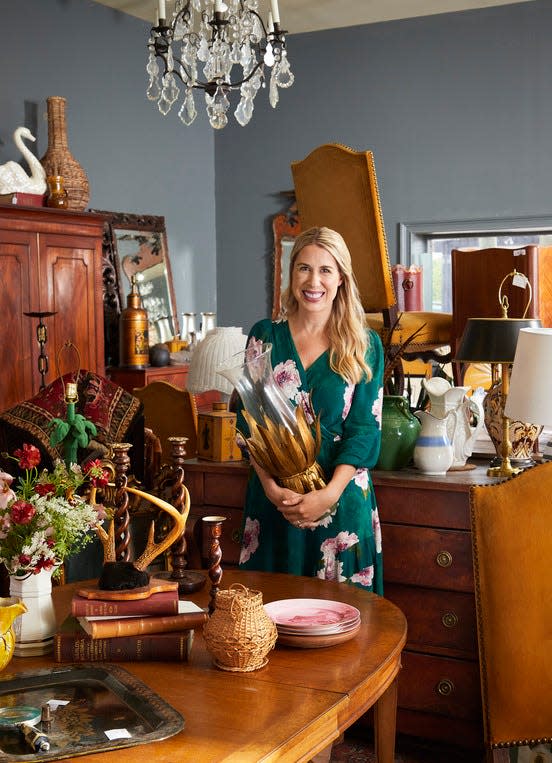
As the editor-in-chief of Country Living, I love decorating my home with antiques. It's a bit of a problem, I'm afraid. (Please do not ask to see my basement.) Just like the passionate collectors we regularly feature in the magazine, I've spent years collecting all sorts of obsessions and oddities, including but not limited to plaid wool blankets, paint-by-number sailboats, oil seascapes, pheasant glassware, silver trophies, black-and-white varsity team portraits, Kentucky Derby glassware, carrier pigeon paintings, racquets of both the tennis and badminton variety, American flag needlepoints...okay I'll stop, but you get the idea.
If I'm traveling and hear there's a good antiques store within a five-mile radius, it pains me not to go, which is why my family will tell you that it takes us three times longer than the average person to get anywhere. They may also tell you about the time I was in rural Tennessee and knocked on the door of what I thought was an antiques store but was actually a private residence covered in old signs. Apologies, sir!
Basically what I'm trying to say is that for reasons both personal and professional, I have scoured more antiques markets, estate sales, and vintage fairs than your average junker. And after more than a decade of editing this lovely magazine, I have also been extremely fortunate to work with some of the savviest vintage-loving designers, hardest-working dealers, and respected appraisers, all of whom have kindly shared their wisdom along the way. As the barn sale season approaches, I figured it's about time I share some of that hard-earned wisdom with you, in case it proves useful. (I hope it does!) I'm going to assume that you already know some of the basics, like "bring a tape measure." But otherwise, here are some of the time-proven tips that I've collected over the years. Happy picking!
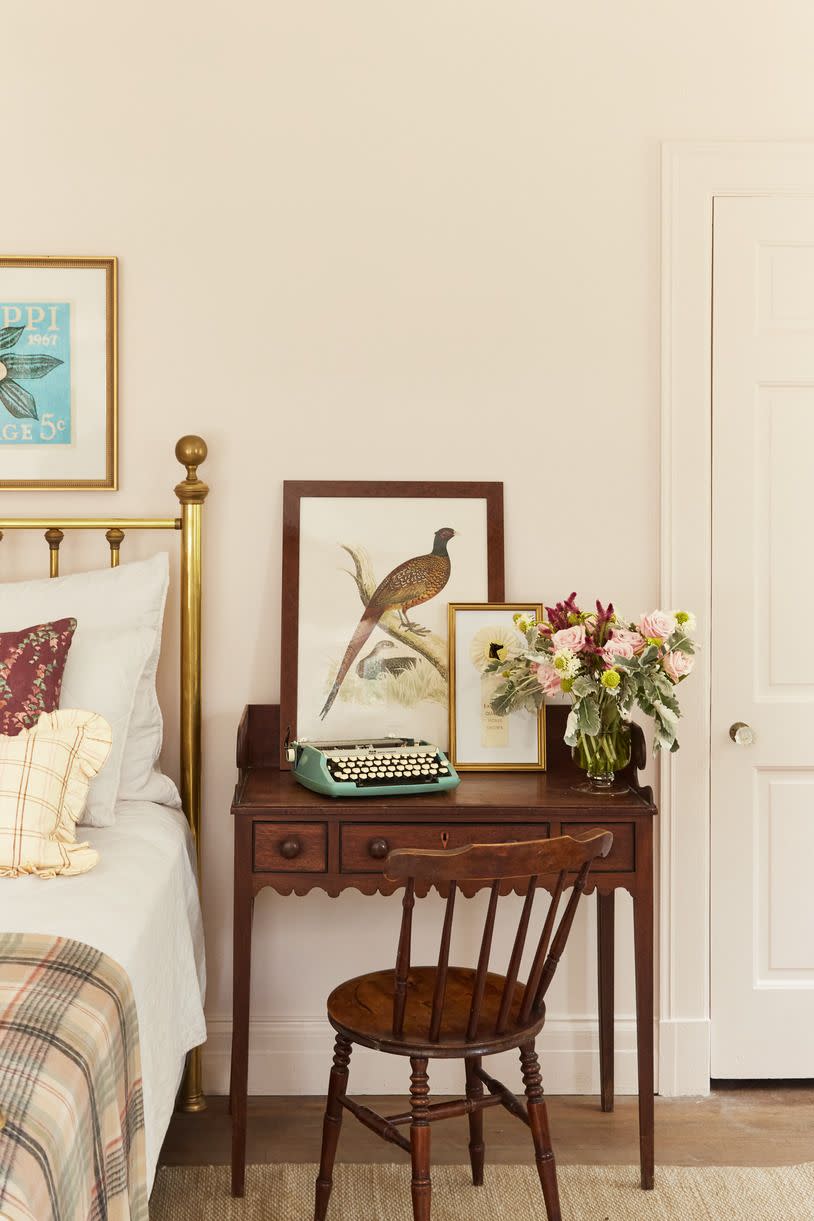
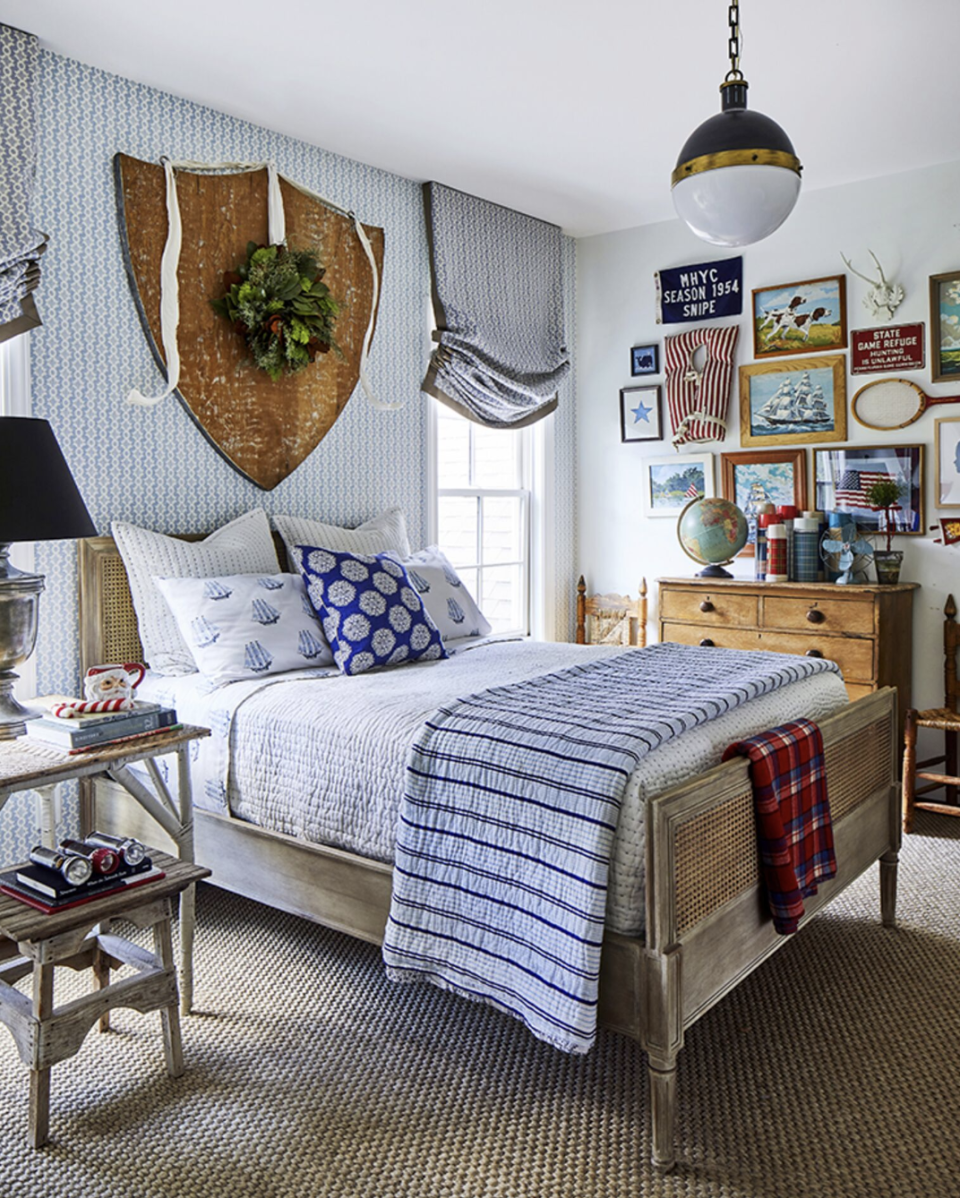
The squeakier the carts, the better the deals.
It is a truth universally acknowledged in the antiquing world that you pay for curation. The more digging you have to do, the less you typically have to pay, which is why those 10,000-square-foot antiques malls with squeaky shopping carts salvaged from gone-out-of-business grocery stores can be treasure troves for those willing to put in the work.
On the other end of the spectrum, the items you encounter at a higher end, tightly curated antiques shop have likely been purchased and sold a series of times during their lifetime to find their way to the fancy-shop big leagues, and every transaction it took to get there means an incremental increase in price. (I'm not saying not to shop these stores. I frequently do, and they're filled with inspiration! But I can justify these occasional splurges because of all of the digging I'm willing to do the other 360 days of the year.)
But don't start out with a cart.
Don't ask me to explain the science but it's 100 percent accurate: If you walk into a massive antiques mall and grab a cart upon entry, you're messing with your antiquing luck. However, if you peruse a few aisles without a cart, you're bound to wind up with an armful of finds awkwardly tucked in under your elbow, and that's when you can proceed to secure that loud and squeaky cart. Trust me on this.
"Antiques" may be the vaguest word there is.
Technically speaking, anything deemed an antique should be around 100 years old, but don't take the word at face value because it's thrown around really casually. While some bigger antiques shows such as Marburger Farm in Round Top have quality control levers in place to ensure that you're shopping the real deal, for the most part it's the Wild West out there, so add to cart with caution. Vintage, by the way, usually refers to something that's at least 40 years old, which means anything before 1984. (Wait, that math can't be right. Please tell me it's not right.)
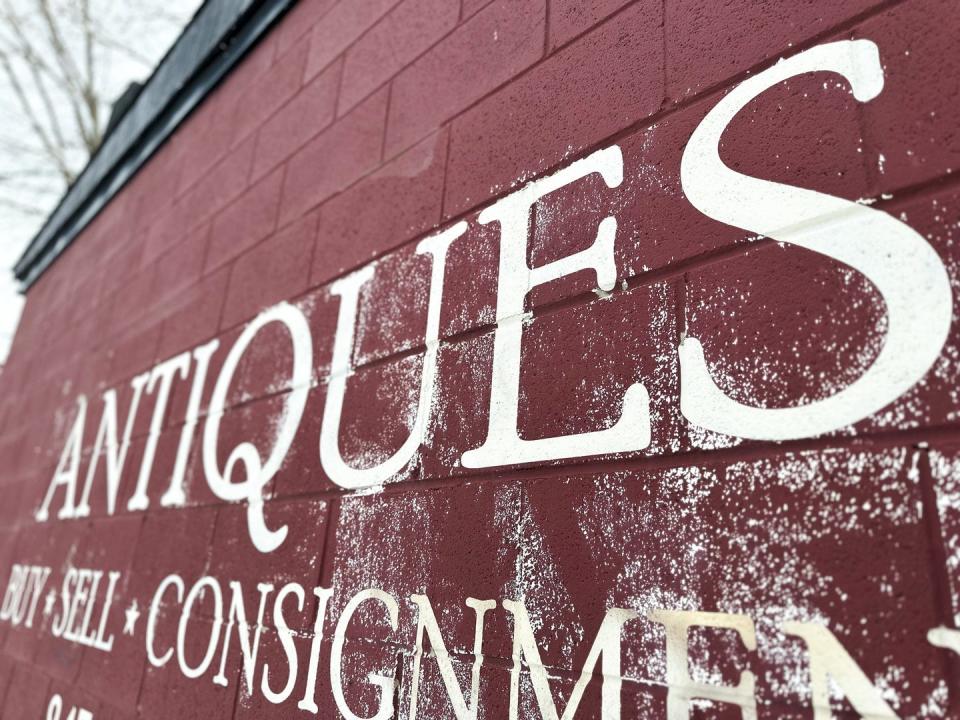
Early birds get the worm, but Sunday shoppers get the deal.
While there's something about the early morning energy of an antiques fair, you don't need to sweat it if you can't be there at the crack of dawn. With these multi-day shopping events, most vendors come armed with items by the truckload, meaning they're restocking their booths on the regular. You may even encounter something those early shoppers didn't! It's also worth noting that by the end of the antiques fair, these dealers are tired and the last thing they want to do is load up the same armoire onto their truck that they unloaded a few days prior. Late afternoon on the last day of an antiques fair is prime time to negotiate a deal—and you'll likely get an even better deal if you're buying multiple items.
Oh, also: Remember that these vendors are from all over the map—New York! Colorado! Georgia!—and your transactions will reflect that, which means it won't take long for your bank to assume your card has been stolen. Save yourself the headache by calling ahead so that you don't sacrifice shopping time yelling "representative!" from the middle of a hayfield. (Been there, done that.)
At estate sales, head to the basement.
Or the attic! From holiday decor to old college paraphernalia to 60s tennis racquets to rolls of vintage wallpaper, these out-of-sight spaces tend to be where the quirky stuff gets tucked away. Of course, if you're looking for silver or furniture, you can ignore this advice, because those items will likely be found on the main level.
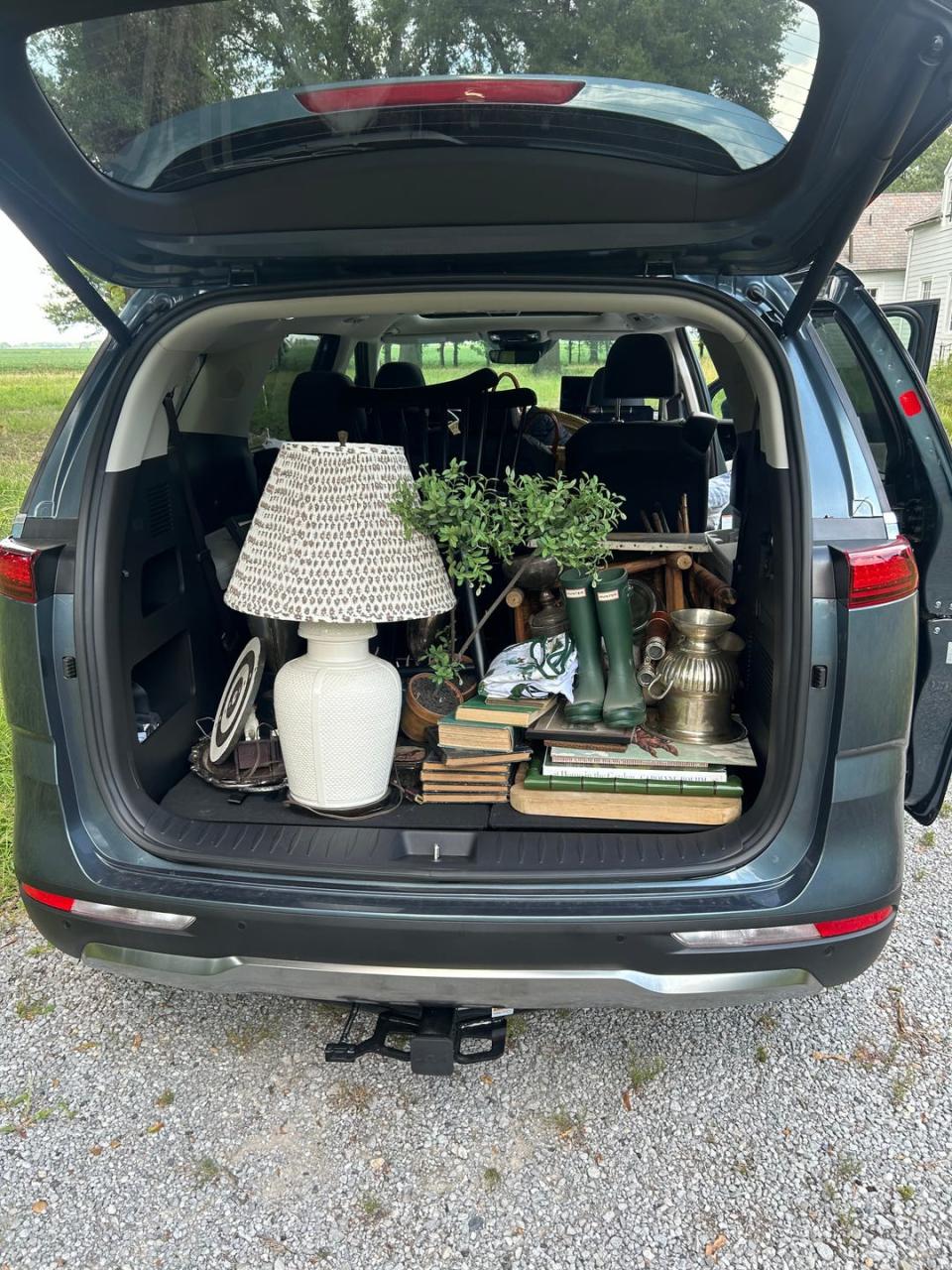
You'll never regret a good quilt.
I have never regretted buying a quilt, but I have very much regretted the good ones that got away. Quilts are also endlessly versatile, meaning you can always find a good excuse to use one, and the world only has so many antique quilts to go around, after all. (You can find some of my favorite quilt dealers here.)
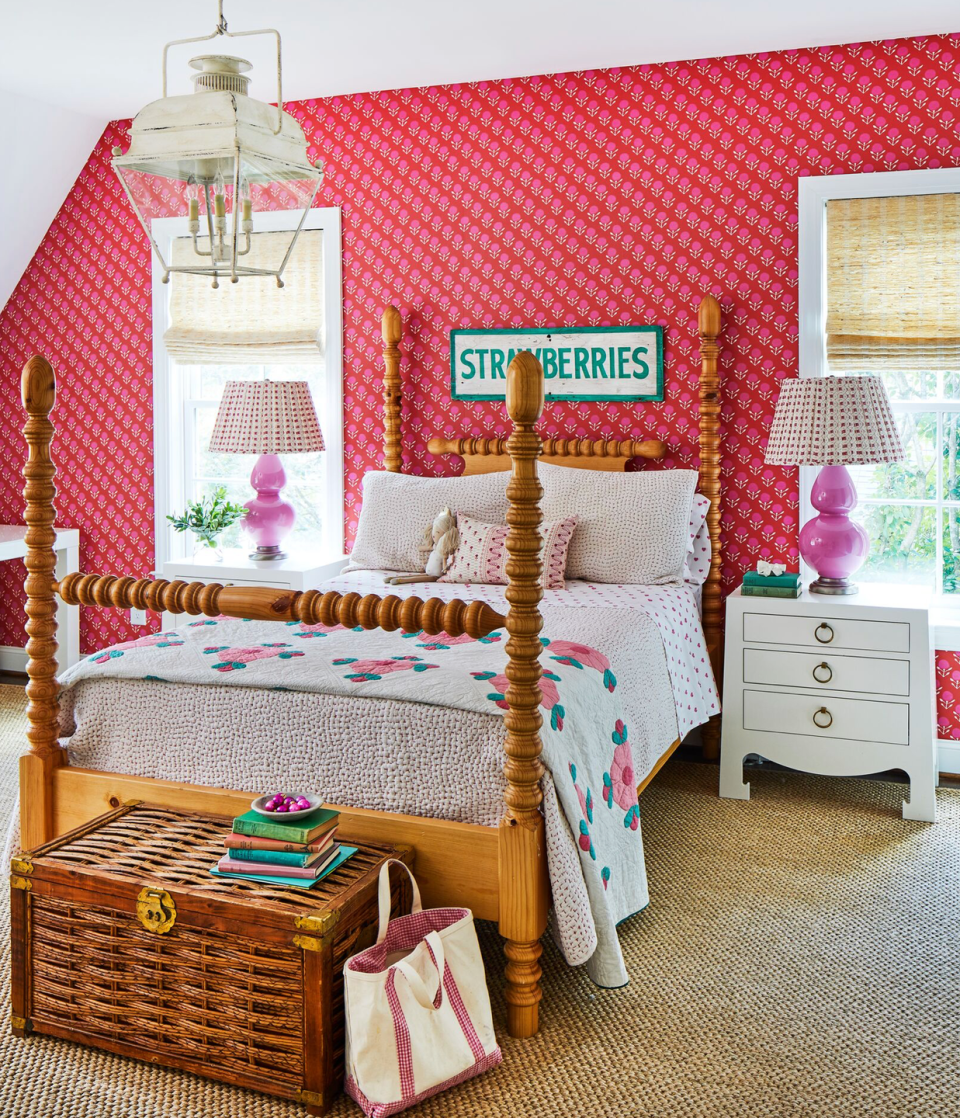
Be skeptical of evenly distributed distressing.
Because the vintage look has become so popular in recent years, there are a lot more furniture makers trying to pass off new merchandise as vintage, and some of that furniture sneaks its way to the resale market. (This is particularly common at those massive antiques malls.) Remember: Wear and tear should be more prominent in the spots where wear and tear would typically occur. If you're seeing the exact same sort of "scuffing" on the underside of the seat as you are the armrests, buyer, beware.
Antique beds can be annoying.
To be clear, I love an antique bed—I bought a pair for this house!—but bed sizing wasn't standardized until the 1940s, so furniture that predates that era may require a custom mattress or converter or could pair awkwardly with the dimensions of modern bedding. Many antique beds you'll encounter are known as a three-quarter bed, or a "short full," which isn't quite big enough for two people of the modern-size variety.
Ask for the story.
The question, “Can you tell me a little more about this _______?” will likely alert you to whether the item is a legitimate find or a recent reproduction. Reputable dealers love to talk about their pieces and educate new collectors, so chances are they’ll want to pass on a little info on its background.
Bring a magnet.
By keeping a magnet on hand, you’ll be able to identify authentic metal signs and stainless steel (both magnetic) and true sterling silver, gold, brass, and bronze (typically not magnetic). No magnet? Your handbag’s magnetic clasps will work in a pinch.
Open the drawers.
The inner workings of a chest or dresser will tell you a lot about a piece. Dovetail joints, which have flared, bird-like tails on the end of the drawer’s side boards and interlock into mirroring pins on the drawer’s face board, are often a good indicator of both age and quality craftsmanship. Generally, the thinner the dovetail, the more skilled the furniture maker.
Seek out square nails.
I'll save you a long history lesson about blacksmithing, but square or rectangular nails are a promising cue that a piece is quite old (think 1800s, when nails were hand-forged). It wasn't until the 1900s that round nails became standard.
Look up the label.
So the dealer’s telling you that wool coat is from the 1940s? See if the label matches that era by consulting the Vintage Fashion Guild, whose site features a thousands-strong inventory of user-submitted labels sorted by date. You're basically Nancy Drew now.
Befriend your favorite vendors.
First of all: Antiques dealers are the best—really truly—and I've found that antiques enthusiasts tend to be kindred spirits. The more you frequent their shop or booth, the more they'll also keep you in mind when they're out picking.
Turn over that canvas...
A good indicator of century-old artwork: Nails. Turn a piece of art over and take a look at the stretcher. If the canvas was secured with nails, it likely predates 1930, when staples became the go-to method. Craquelure—those tiny, complex cracking patterns you see in paintings at museums—is another good indicator of age.
...and flip over that rug.
My carpet dealer friend Sheila Noorollah (@shahkarfinecarpets) taught me this rug rule of thumb: The clearer the pattern on the reverse side of the rug, the greater the quality. Also: The higher the pile, the longer it will last. Most Persian rugs and Chinese and Turkish oushaks tend to have a high pile.
Differentiate porcelain from pottery.
Real porcelain is translucent. If you want to confirm that a piece is true porcelain, take out your phone, hold it up to the piece, and see if its light shines through. If it does, then the piece is porcelain. If it doesn’t, the item is likely earthenware.
Bring the Febreze.
Wow oh wow how I learned this one the hard way. I was once antiquing in Atlanta and loaded up my vehicle with all sorts of old finds—wool blankets, vintage trunks, faded books. Nothing struck me as particularly musty—I always check!—but after the collective pile sat in the hot Georgia sun all day, my car smelled somethin' awful. My kids complained the whole 2-hour-and-then-some car ride home, and I now keep an odor eliminating spray on hand in my car just in case. (Also: If it's hotter than hinges and you have a long drive ahead, wait as long as possible before loading up your car!)
Remember: Almost anything can be turned into a lamp.
Here's just a sampling of what I've seen turned into a lamp base: vintage thermoses, glass demijohns, ginger jars, silver loving cups, ceramic whiskey dispensers, Staffordshire dogs, enamelware sugar canisters, globes, stacks of books, minnow buckets, leather riding boots... In other words, if you're trying to justify an item to yourself as a practical purchase, envision it as a lamp! You can use an at-home lamp wiring kit, or take your base to a local lamp or hardware store to tackle the task for around $150.
Hitch a ride.
Shipping costs are often a necessary evil, but the reality of tacking another $200-plus to your purchase solely in the name of getting it home can be a serious antiquing buzzkill. Here's one thing to consider: If you're at an antiques show far from home but happen to meet a vendor from your neck of the woods, it may be worth asking—on the last day of the market, preferably—if they're willing to haul home a few items for you in their presumably roomy truck or van. Of course, they'll be far more willing to do this if you're also purchasing items from their booth. Hint, hint.
Special thanks to the roomy Kia Carnival, The Official Antiquing Vehicle of Country Living, for helping our editors indulge their old-stuff obsessions. (Stay tuned for the Kia Carnival hybrid coming in 2025!)
You Might Also Like


